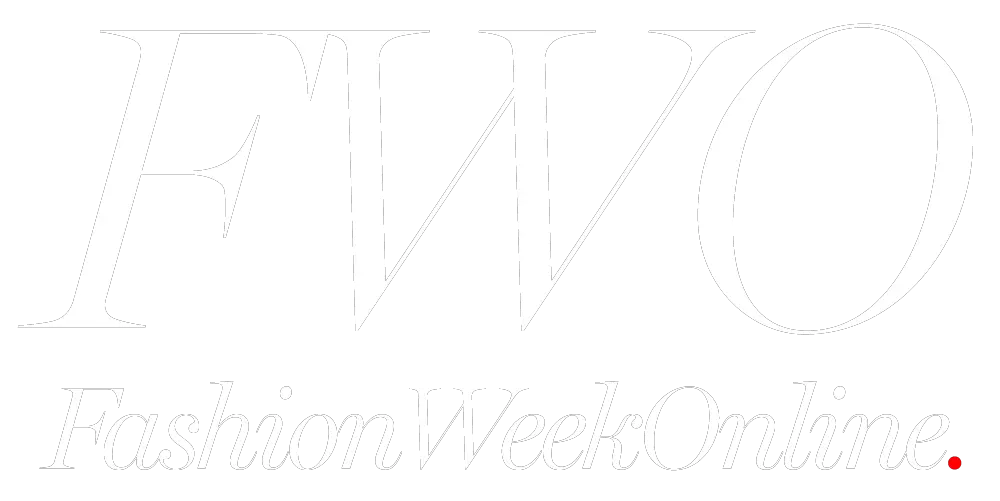Through a trained eye for fashion and a natural gift for piecing together outfits, Laura Watson of New Jersey seeks to build confidence among people of all abilities through her work as a fashion entrepreneur.
Leading by example, Watson, who lives with a genetic neuromuscular condition called spinal muscular atrophy (SMA), rolled down a Manhattan runway in a prelude to New York Fashion Week. Wearing a glamorous beaded gown, Watson was part of Double Take — a first-of-its-kind fashion show created by the SMA community through Genentech’s SMA My Way program.

Q: As a person living with spinal muscular atrophy (SMA), what challenges have you faced when it comes to finding clothes that reflect your authentic personal style?
Living in a wheelchair my whole life and never having walked, my body never grew into a normal adult size. I often find myself in the children’s or junior’s section of stores, with the obstacle of finding pieces that fit my personality and aren’t too childish.
It’s important to me that my look is portrayed in an age-appropriate way. I want to be seen as the classy and stylish woman that I am. However, I am limited on the variety of styles and I constantly make my own pinches and tucks to make the clothes I buy look right on my body.
I want to be seen as the classy and stylish woman that I am
Shoes are a nightmare and heavy winter clothing is always too big and bulky and doesn’t allow me to move.
Q: How did you feel when Genentech approached you about participating in Double Take?
It was a no-brainer. I knew Double Take was something I was meant to be a part of. I‘ve always been passionate about expressing myself through fashion, and I’m tired of not seeing people like myself in fashion magazines or on the runway. Authentic disability representation is so important. It’s 2022. People with disabilities are out there living our lives just like everyone else. We deserve to show up feeling confident and beautiful. We need to have as many clothing options as the rest of the population. Self-expression is so important.
Q: When adapting your gown for the show, what specific problems did you set out to solve with your Open Style Lab collaborators and how did you address them?
Like many of the dresses I have tried on in the past, excess fabric was an issue. Luckily, we were able to cut out all unnecessary layers, as well as restructuring the bodice entirely to fit my petite frame perfectly.
The beading on the dress was also very thick. The way I sit in my chair — especially with my unique spinal curvature — the beads were very uncomfortable. We removed them in the problem areas so that I didn’t have to lean against them.
My favorite alteration was having slits cut into my dress so my seat belt could be hidden. I always try to camouflage my wheelchair. I never want it to be what people notice first about me. Dresses make it difficult, and to me, my seatbelt is an eyesore, albeit necessary. These slits solved my whole problem. I wish all my dresses had them!
Q: How did your fashion background inform your contributions to Double Take, as both co-designer and runway model?
It helped me know what to expect during the meticulous process of styling and alterations. Also, as soon as I tried my dress on, my trained eye knew exactly what needed to be done.
Q: How did you feel when you wore the gown, compared to other pieces in your closet?
It was made for me. It slipped on like a glove.
Q: What do you think the greatest takeaways are for this project, both for you personally and for the audience?
It was so cool to see the SMA community and its supporters come together and make this vision a reality. We often feel left out of the fashion sphere, and this show made us a part of it. It proved to the audience that we can be a part of the fashion conversation. I think Double Take opened a lot of people’s eyes. There are so many misconceptions about people with disabilities.
We often feel left out of the fashion sphere, and this show made us a part of it
Q: What was your favorite stand-out moment of the whole experience?
Seeing the whole show finally come together, after months of preparation, was an indescribable feeling. Everyone who attended was so affected by it, and knowing we got to share such a powerful message about fashion inclusivity was a great feeling. I’m more confident than ever that the future of adaptive fashion is bright. Seeing our fashion show in Vogue was literally — OMG!
Q: What advice would you give to your younger self when it comes to personal appearance, fashion or style?
Don’t be afraid to be yourself. It’s important to let your personality shine through, and fashion is a great tool. I’ve found the more confident you are, the less people focus on your disability. They see you for you.
Q: What do you hope is next for the future of the garments featured in Double Take?
I hope that we start seeing garments like these come to market so that we could purchase them at mainstream retailers. I also hope that the specific garments from the show can be used as a learning tool for people getting into the field of adaptive fashion design. Since these pieces were made with input from — and successfully worn by — people with disabilities, what better way to learn?!
##
With love,
FWO




